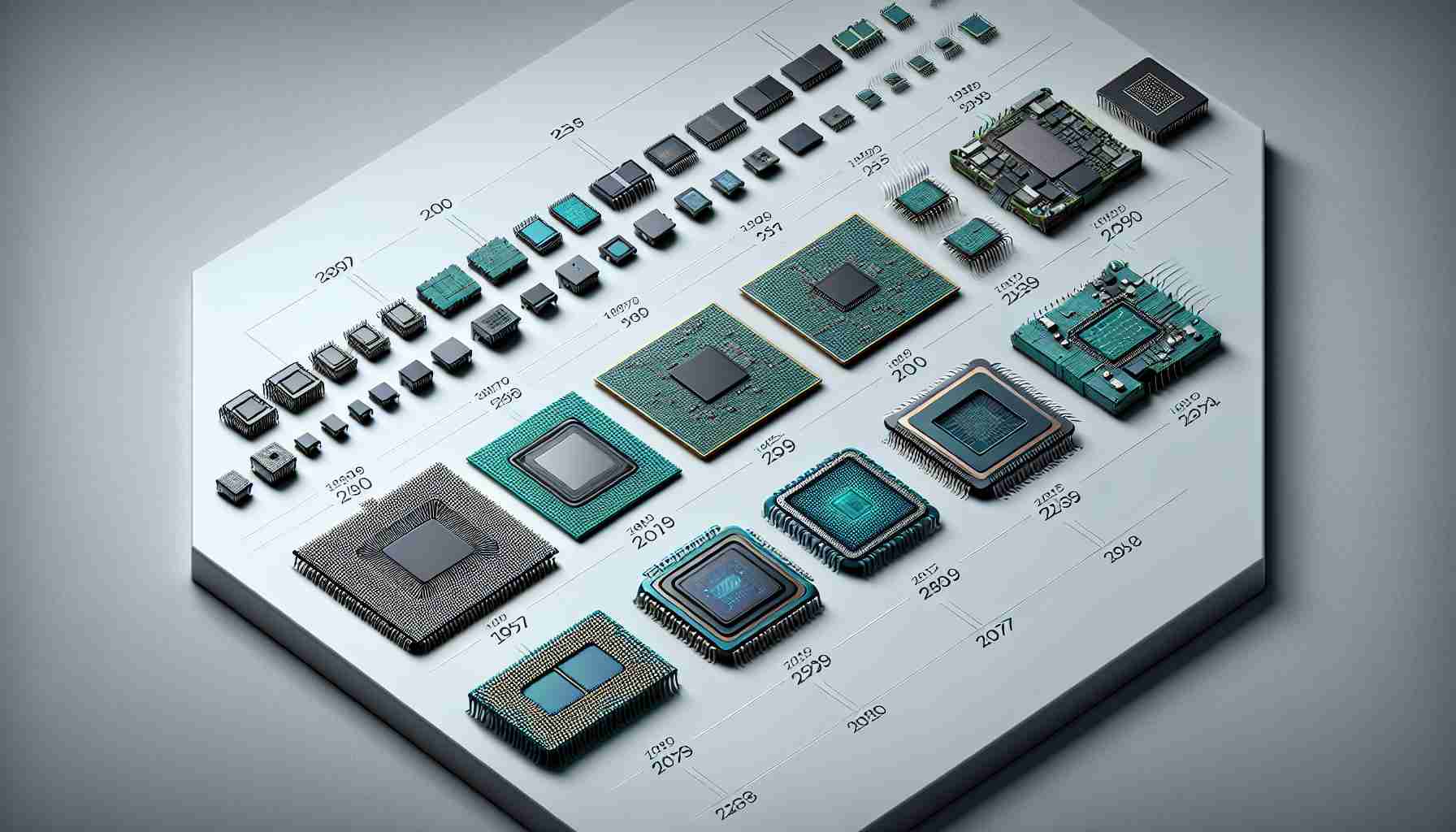
Since the debut of the original iPhone in 2007, which housed a modest 412-MHz Arm 11 system-on-chip (SoC), smartphone processors have undergone tremendous advancements. As smartphones have become more integral to daily life, they now pack the kind of processing power that seemed unattainable just over a decade ago.
Today, multi-core processors operating at gigahertz speeds are ubiquitous across even budget-friendly Android devices. Despite broad improvements across the sector, Apple’s processors have consistently set the standard, often staying two generations ahead of rivals. This dominance is reflected in the fact that Apple chips frequently top lists of the most powerful smartphone processors.
It’s important to note that these rankings are based on Geekbench’s single-core scores rather than real-world performance, where differences may be less noticeable. Everyday tasks like browsing social media might not demonstrate these discrepancies, so it’s crucial to consider your specific smartphone needs rather than just benchmark results.
One processor that captured significant attention was Qualcomm’s Snapdragon 8 Gen 1, introduced in 2021. This processor launched a fresh naming scheme for Qualcomm, featuring advancements such as 10-gigabit 5G support and enhanced image processing capabilities through its 18-bit image signal processor (ISP).
However, the Snapdragon 8 Gen 1 experienced challenges. It became notorious for overheating during extended use, not delivering the leap in performance many anticipated over its predecessor, the Snapdragon 888. As a result, even flagship devices like the Samsung Galaxy S22 Ultra showed only minor improvements in benchmark tests, highlighting the incremental nature of these advancements.
The Hidden Lives of Smartphone Processors: Beyond the Benchmarks
The evolution of smartphone processors is a tale that intertwines technology with our daily lives, creating a profound impact on how people, communities, and countries operate. As we dive deeper into this hidden world, we uncover fascinating facts, controversies, and the true nature of these powerful chips beyond what the benchmarks reveal.
The Dual-Axis Transformation: Power and Efficiency
Modern smartphone processors are not just about raw power. There’s a parallel quest for energy efficiency that dictates the quality of our digital experience. As processors become more powerful, the need for better battery life and thermal efficiency becomes ever more crucial. The energy efficiency of a processor determines how long your device can keep up with the demanding tasks—whether that’s streaming, gaming, or using GPS navigation.
Advantages and Disadvantages: A Double-Edged Sword
While powerful processors enable marvels like augmented reality apps and sophisticated photography, they also present challenges. The increased heat production can lead to thermal throttling, where the processor reduces its speed to prevent overheating, impacting performance. Furthermore, these chips require more energy, creating a constant tug-of-war with battery life. It’s a balance that manufacturers continually try to optimize without compromising overall user experience.
Controversies and Debates in the Processor Wars
The smartphone processor space isn’t just technical; it’s political and strategic. China’s increasing investments in its semiconductor industry, aiming to reduce reliance on foreign technology, have sparked discussions about global tech independence and security. The U.S.-China tech relationship and its implications for global supply chains have become a hot topic.
How Do These Developments Affect Us?
While top-tier processors might not revolutionize how we scroll through cat videos on social media, their implications extend far beyond everyday tasks. Communities and businesses benefit greatly from reliable, efficient processors. For instance, mobile health applications depend on fast processors for real-time data analysis. Similarly, emergent economies leverage mobile technology for education and commerce, which are deeply tied to processor capabilities.
The Role of AI and Machine Learning
Modern processors often include specialized cores for artificial intelligence and machine learning. This feature allows for smarter and more intuitive experiences, from personalized recommendations to facial recognition security. These advances raise questions about privacy and data use, challenging society to find a balance between innovation and protection of individual rights.
What’s Next? A Glimpse into the Future
As processing technologies advance, the promise of quantum computing looms on the horizon, potentially transforming how we think about and use mobile technology. This evolution begs the question: what role will smartphones play in a world where quantum capabilities become mainstream?
Related Links:
– ARM
– Qualcomm
– Apple
In essence, as we continue to purchase and utilize these pocket-sized powerhouses, we embark on a journey where each new advancement has a ripple effect, shaping everything from personal tech habits to global industries. Are we truly ready for the next wave of transformation?
